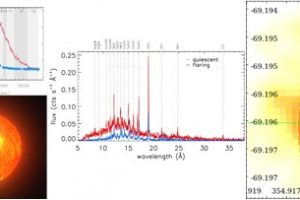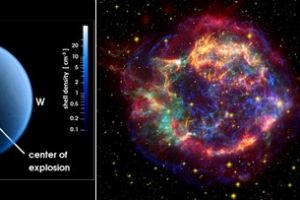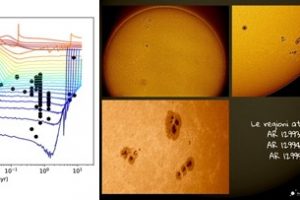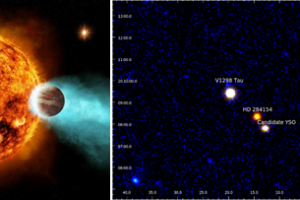Due brillamenti stellari in DS Tuc A potrebbero aver intensificato l’evaporazione dell’atmosfera di un pianeta vicino

I brillamenti sono i fenomeni magnetici più energetici che possiamo osservare nelle stelle. Essi scaturiscono da una serie di fenomeni innescati da un repentino rilascio di energia da parte del campo magnetico stellare, e culminano con la creazione di arcate magnetiche riempite di plasma a milioni di gradi, brillante ai raggi X. Queste strutture magnetiche possono talvolta rilasciare grandi quantità
» Read more








